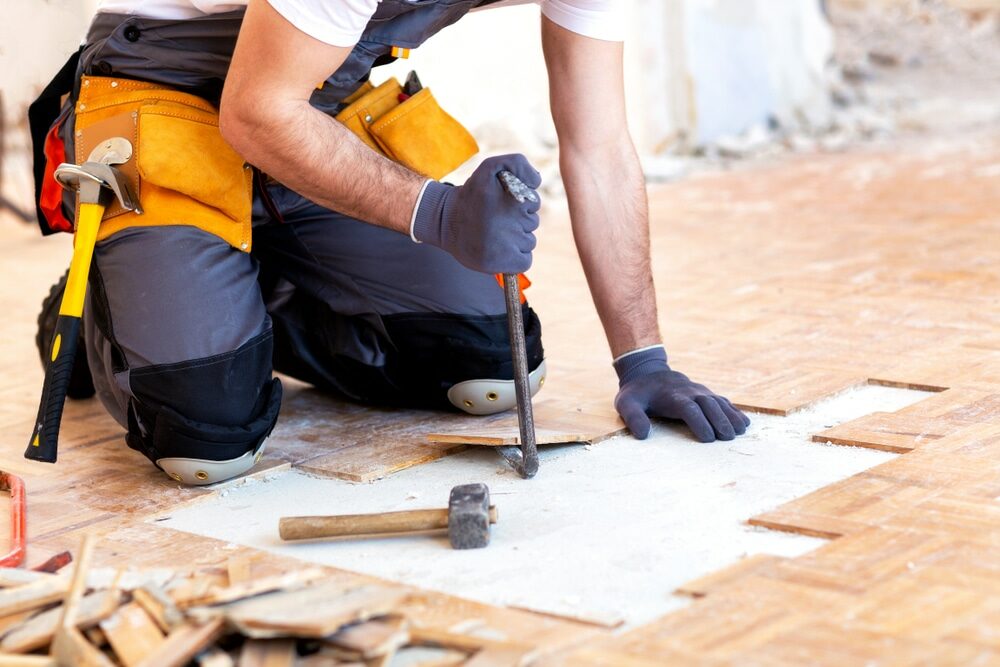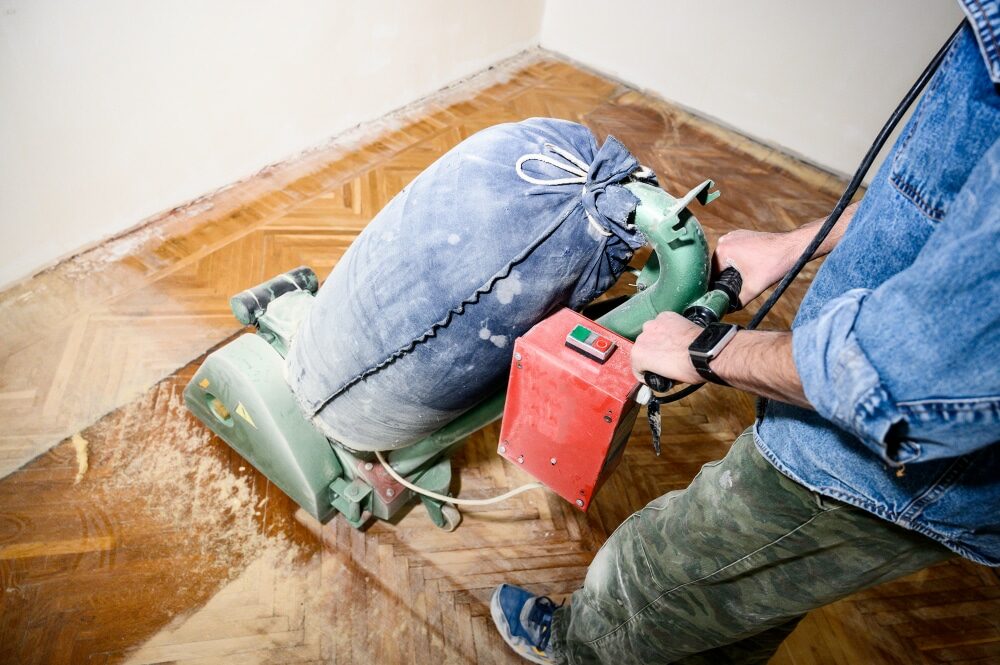London:
Nationwide:
Hardwood Floor Sanding in London: A Journey Through Time
Posted on April 27, 2023
News
Interesting Facts About Hardwood Floor Sanding in London: A Journey Through Time, Techniques, and Craftsmanship
Hardwood floor sanding is a process that has been used for centuries to restore and refinish wooden floors. London, with its rich history and abundant period properties, is a treasure trove for wood flooring enthusiasts. In this blog post, we will delve into the fascinating world of hardwood floor sanding in London, exploring the history, techniques, and benefits of this craft, along with some exciting local insights. Let’s embark on a 3,000-word journey into the mesmerising world of wood floor restoration.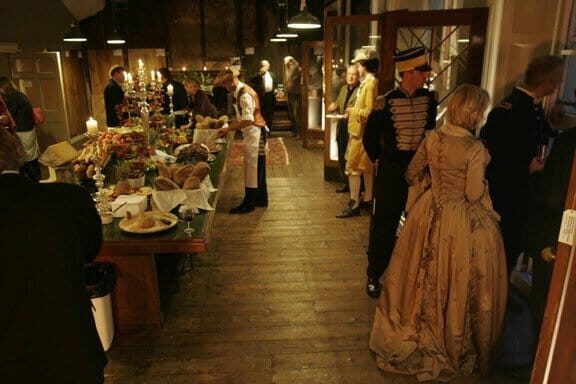
The History of Hardwood Floor Sanding in London
-
Ancient Beginnings
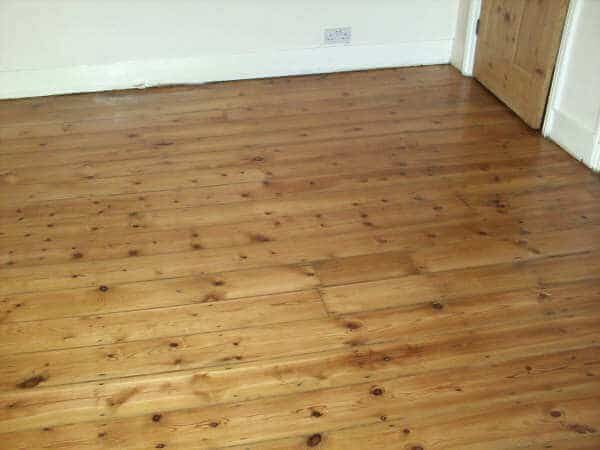
-
The Rise of Craftsmanship
-
Victorian Influence
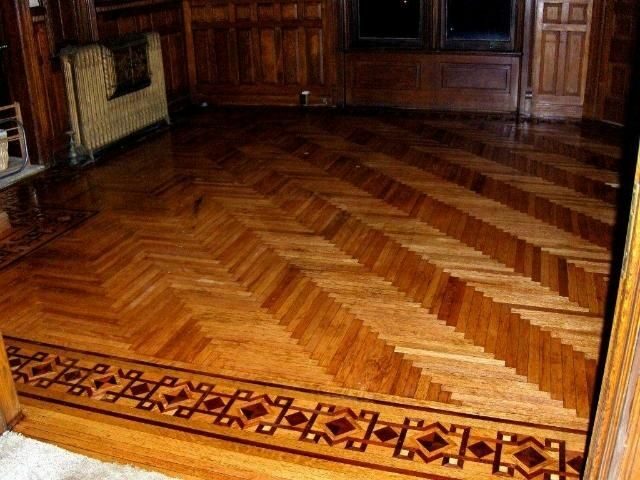
-
20th Century Innovations
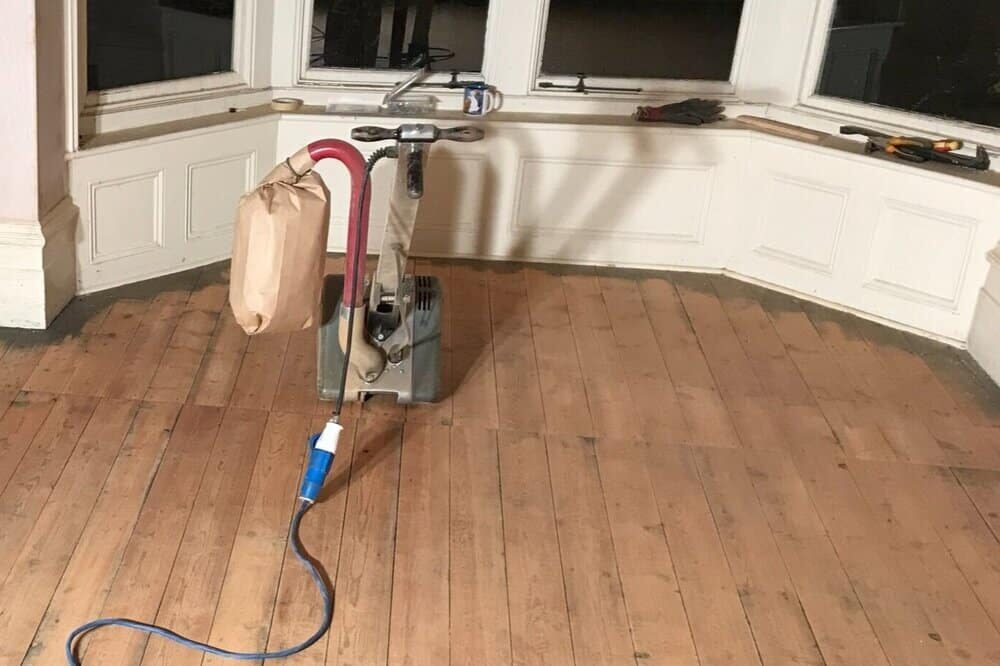
The process of hardwood floor sanding
-
Inspection and preparation
-
Coarse Sanding
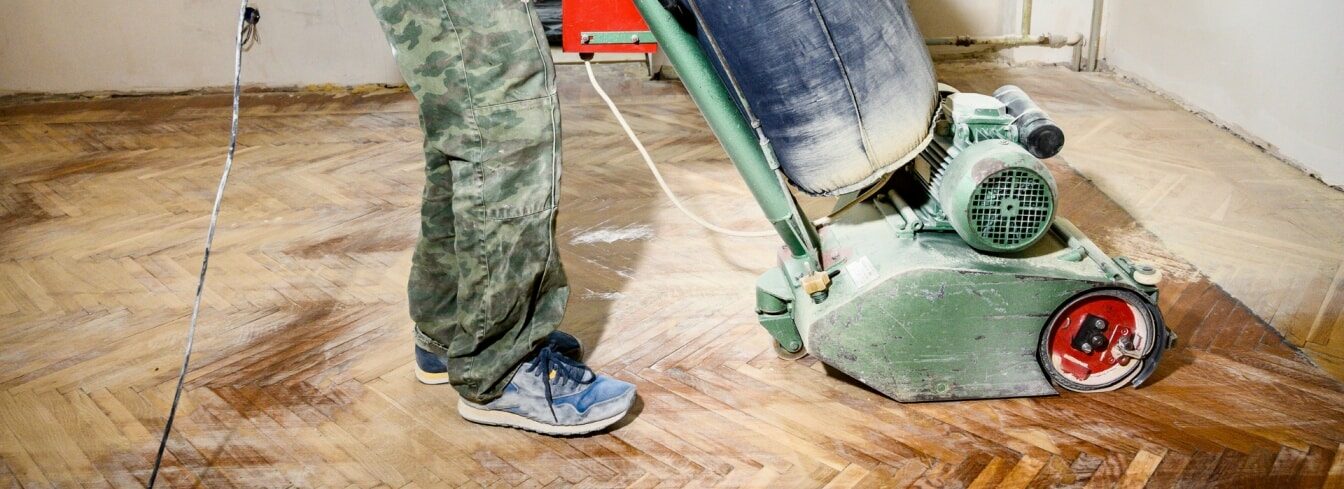
-
Fine Sanding
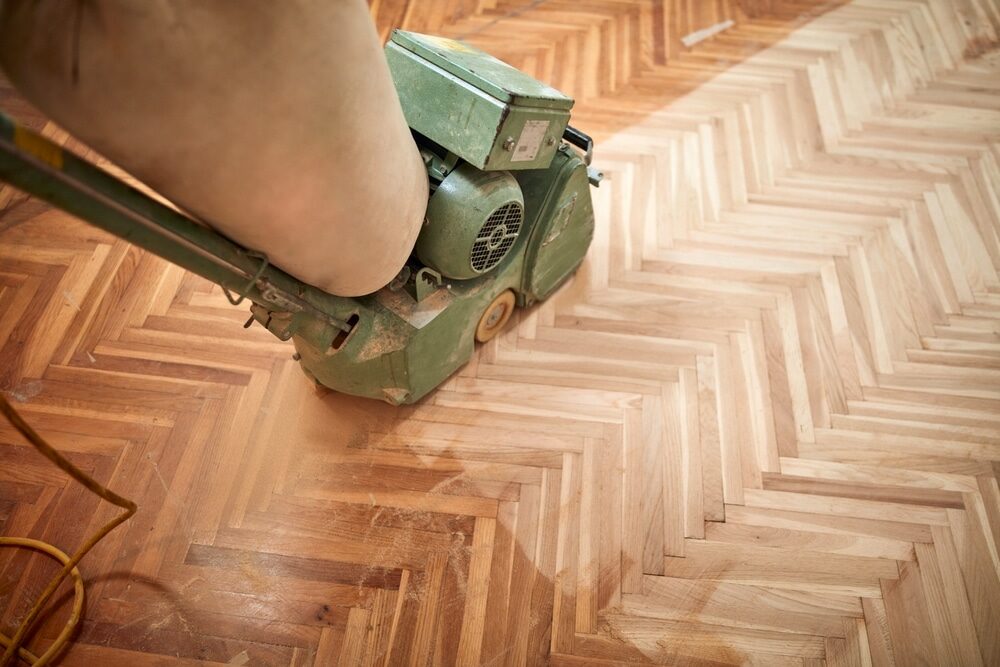
-
Edge Sanding
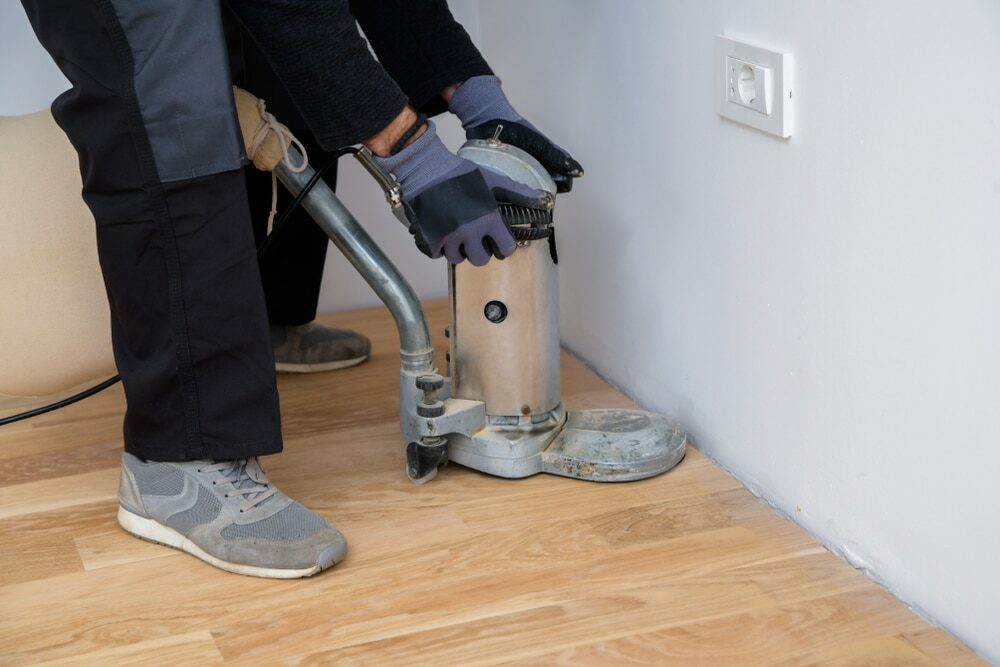
-
Buffing and vacuuming
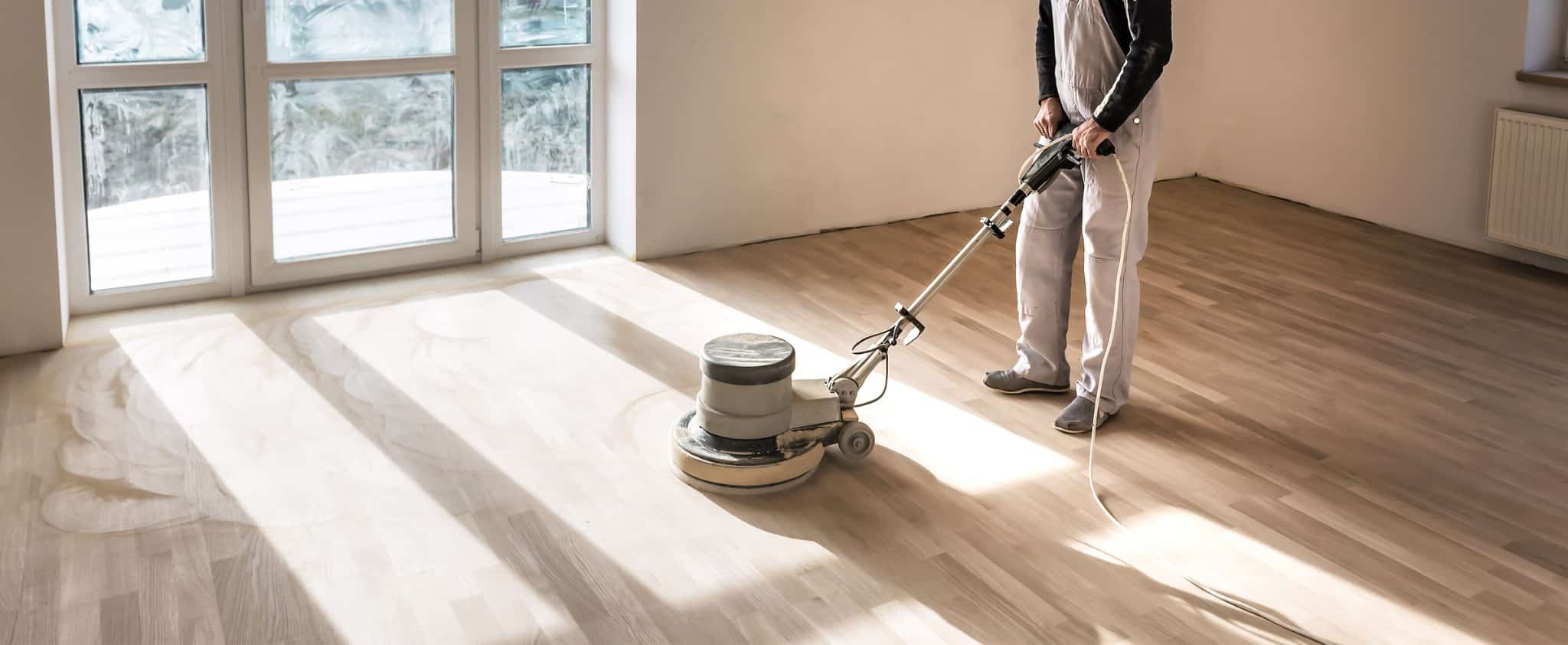
-
Finishing
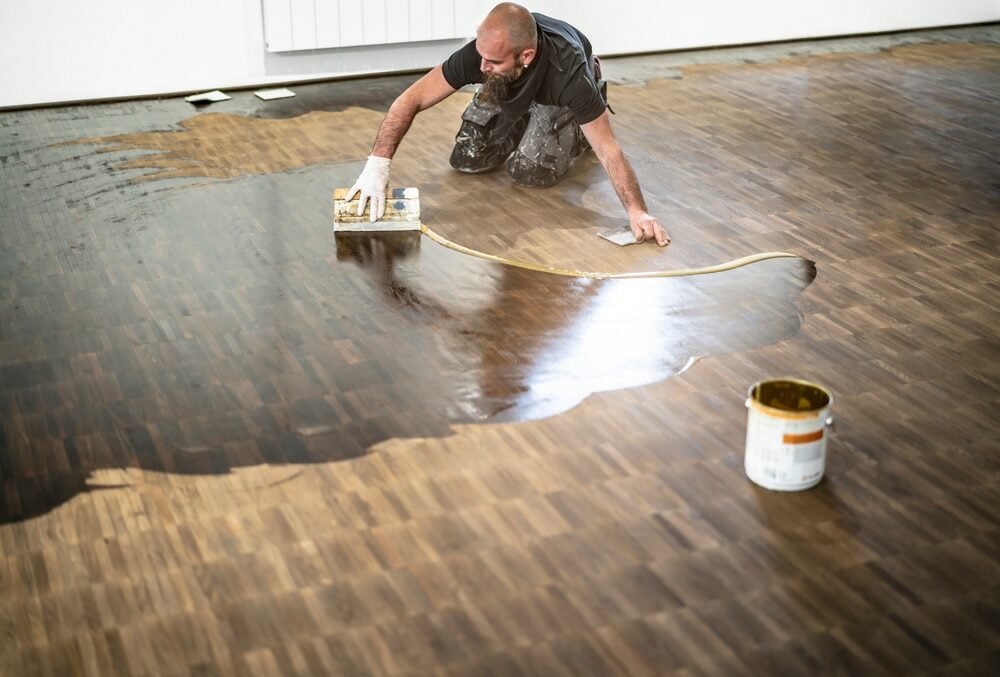
Interesting Facts About Hardwood Floor Sanding in London
-
Historic Properties and Restoration Challenges

-
Dustless floor sanding
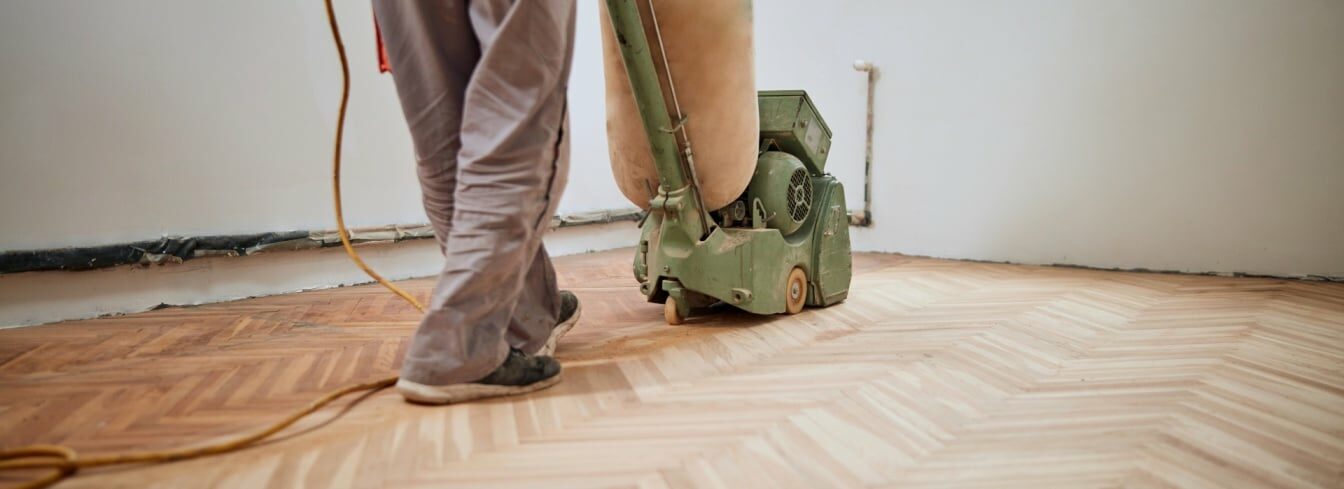
-
Sustainable Wood Sourcing
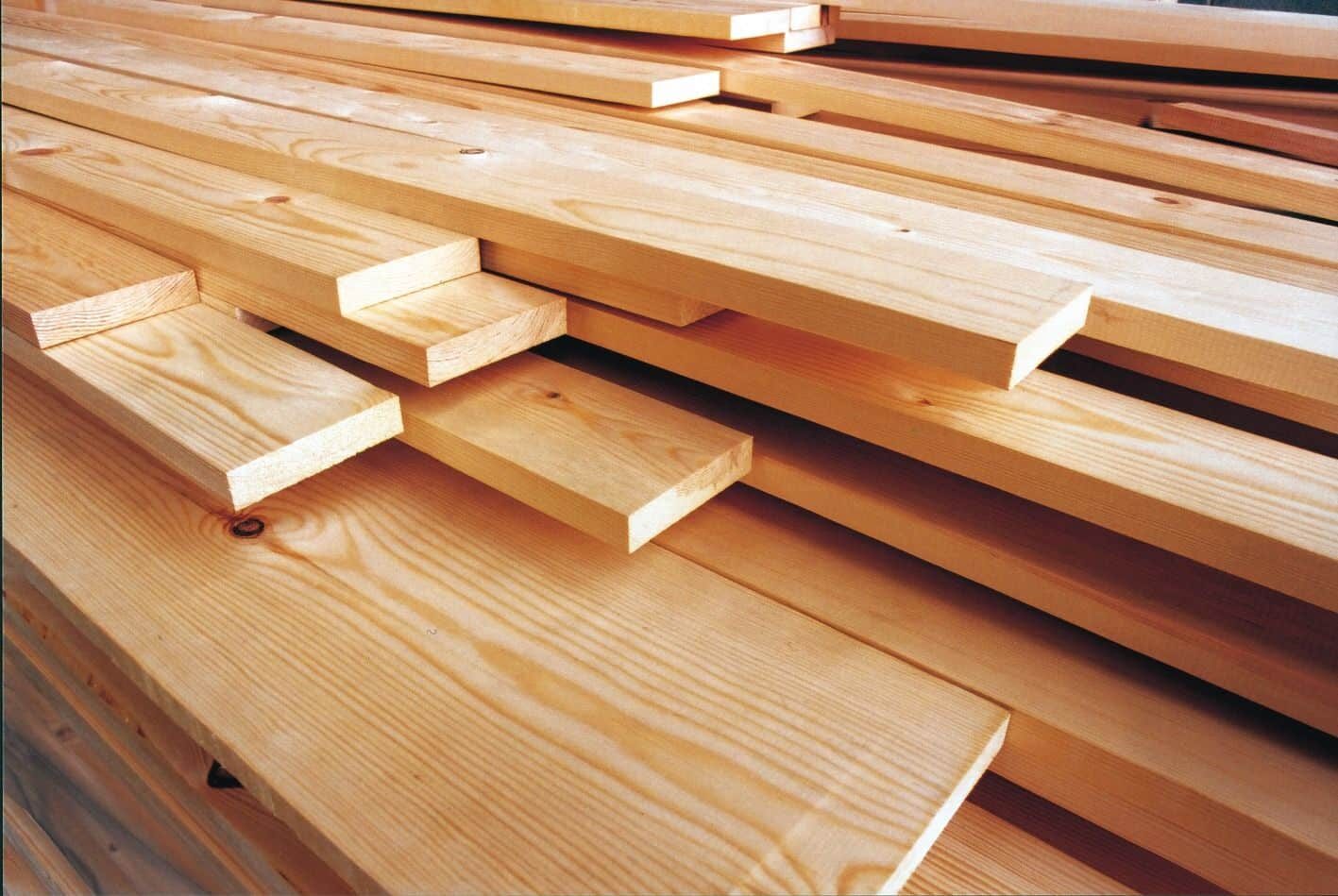
-
Bespoke Floors and Artistic Craftsmanship
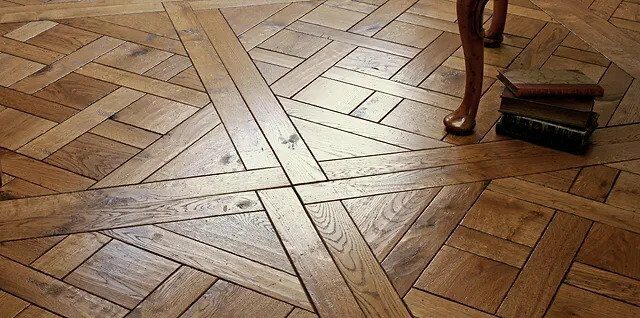
-
A Thriving Industry and Community
Some Useful Links:
Conclusion
Hardwood floor sanding in London is a fascinating blend of history, craftsmanship, and innovation. From ancient beginnings to modern advancements, London has consistently been a hub for wood floor restoration, with skilled professionals maintaining and enhancing the city’s architectural legacy. Whether you are a homeowner looking to restore your floors, a history buff interested in London’s wood flooring heritage, or a fellow craftsman seeking inspiration, the world of hardwood floor sanding in London offers a wealth of fascinating facts and insights.More from our Blog:
Mastering Floorboards Sanding: Tips & Techniques for Stunning Results Key Questions to Ask before Selecting A Floor Sanding Company What are the Different Types of Wood Floor Sanding and Polishing? Sanding Wood Floor Boards: Essential Tips That Work Wonders
Sanding
We provide virtually dust-free sanding with our continuous belt machinery with mobile extraction units, giving you a safer environment for your family.
Oiling
This organic finish not only adds beauty to your home but also has exceptional water-repellent characteristics, making it easier to clean and maintain.
Waxing
This natural floor finish offers the softest and most mellow appearance – and leaves your floor able to breath.
Buffing
Using soft buffing machines (and hand-polishing where required) will bring a wonderful sheen to your newly-finished floor.
Repairs
We offer a full assessment of your wooden floors to determine what repairs are needed to provide the perfect working surface for the later stages of sanding, staining and sealing.
Restoration
We offer a comprehensive restoration process designed to address floors that are improperly fitted or damaged over time through wear and tear.
Request a fixed price quote for your wood floor restoration now
Simply enter your postcode below to get started.
Services
Wood Floor Sanding Wood Floor Restoration Wood Floor Scratch Repair Squeaky Wood Floor Repair Parquet Floor Sanding Parquet Floor Restoration Commercial Floor Sanding Church Floor Sanding Community Centre Floor Sanding School Floor Sanding Gap Filling Gap Filling with ResinCopyright © Mr Sander®
Privacy & Cookies Terms & Conditions Complaints Procedure Cancellation Rights Sitemap
